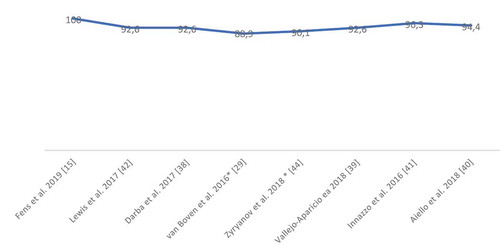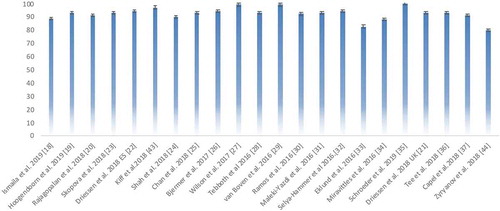Figures & data
Table 1. Study selection criteria
Figure 1. PRISMA flow diagram. This diagram shows the study selection process in steps, starting from database search, then removing duplicates, selecting by abstract screening, and full-text screening. The listed criteria for eliminating the full-text articles concern the following questions: (1) Is the article an economic evaluation? (2) Is the disease COPD? (3) Is the intervention pharmacological maintenance treatment for COPD?
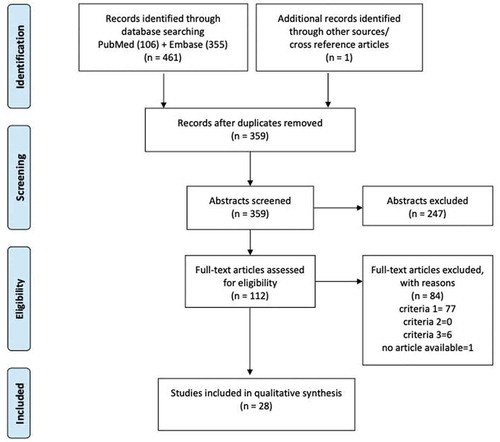
Figure 2. General study characteristics of recent economic evaluations of pharmacological COPD treatments. This figure shows the percentage of studies (out of the 28 reviewed articles), with particular general study characteristics. CMA Cost-Minimization Analysis; CEA Cost-Effectiveness Analysis; CBA Cost-Benefit Analysis; CUA Cost-Utilization Analysis; BIA Budget Impact Analysis; RWE real-world evidence; LAMA long-acting muscarinic antagonist; LABA long-acting beta2-agonist; ICS inhaled corticosteroids; PDE4 phosphodiesterase 4
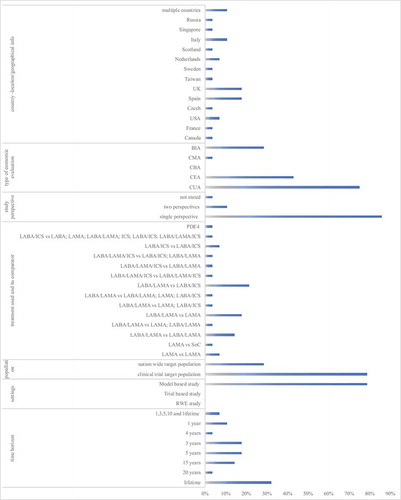
Table 2. Pharmacological COPD treatments compared within the studies
Figure 3. Inclusion of real-world outcomes in recent economic evaluations of COPD treatment (N = 28). ADR-Adverse Drug Reaction; This figure shows the percentage of studies (out of the 28 reviewed articles), reflecting the characteristics of the main review outcomes, first displaying the percentage of studies accounting for the real-world parameter (adherence, comorbidity and occurrence of ADR), secondly, the way of inclusion, and lastly the inclusion per adherence proportion, comorbidity type or ADR
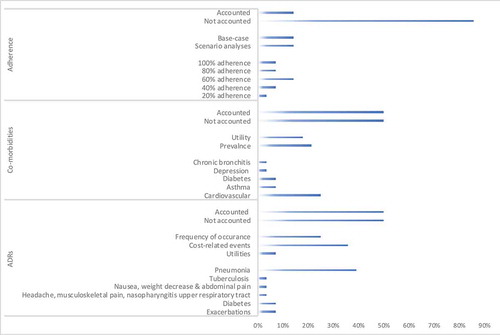
Figure 5. Percentage of study adherence to the reporting format for BIAs. *these articles combined BIA and economic evaluations when estimating the cost – effectiveness
